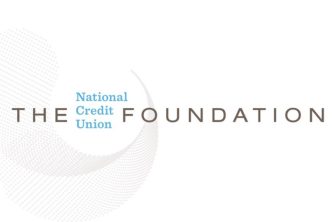Non-interest income from overdrafts and debit and credit card interchange reached a record-high $84.3 billion in the second quarter of 2016, according to a new study.
Up from $69 billion in 2012, non-interest income has made a significant comeback since the recession. That same study also shows that, overall, bank and CU credit card revenue will soon overtake debit income.
“Our Payment System Study shows significant changes on consumer checking transactions,” said Danielle Martorano, senior analyst at Moebs $ervices, which conducted the report. “The changes measured in both volume and revenue will affect the future design of checking accounts.”
Martorano explained that the federal government has had a substantial effect on both the volume and revenue of checking account transactions, particularly the Durbin Amendment’s impact on debit income.
“The Durbin Amendment has significantly impacted debit interchange revenue collected by all FIs, falling from about $18 billion in 2011 to $14 billion in 2012,” said Martorano, noting that change has led banks and credit unions to encourage account holders to swipe their debit cards more often. “Since then, the volume of debit card transactions has continued to increase to over 72 billion transactions in 2016, translating to nearly $22 billion in interchange revenue.”
These changes, said Martorano, make it imperative that a financial institution determine if it wants to be in the transaction business or relationship business.
The ood news for those looking to focus on transactions is that debit volume is growing quickly, overdraft income is waiting for the economy to get fired up and will take off, and credit card volume is increasing, too, explained Martorano.





